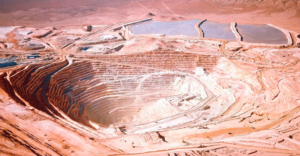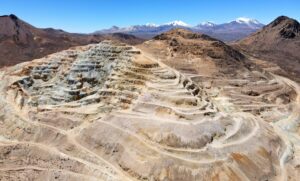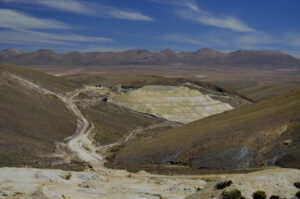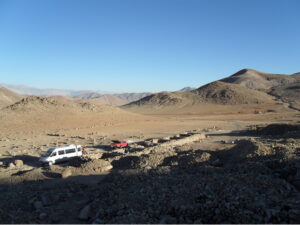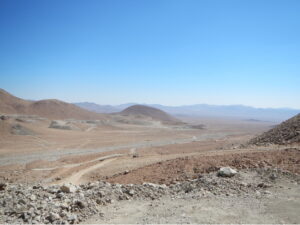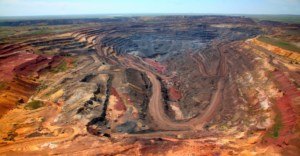
- Poland | 19 March 2020
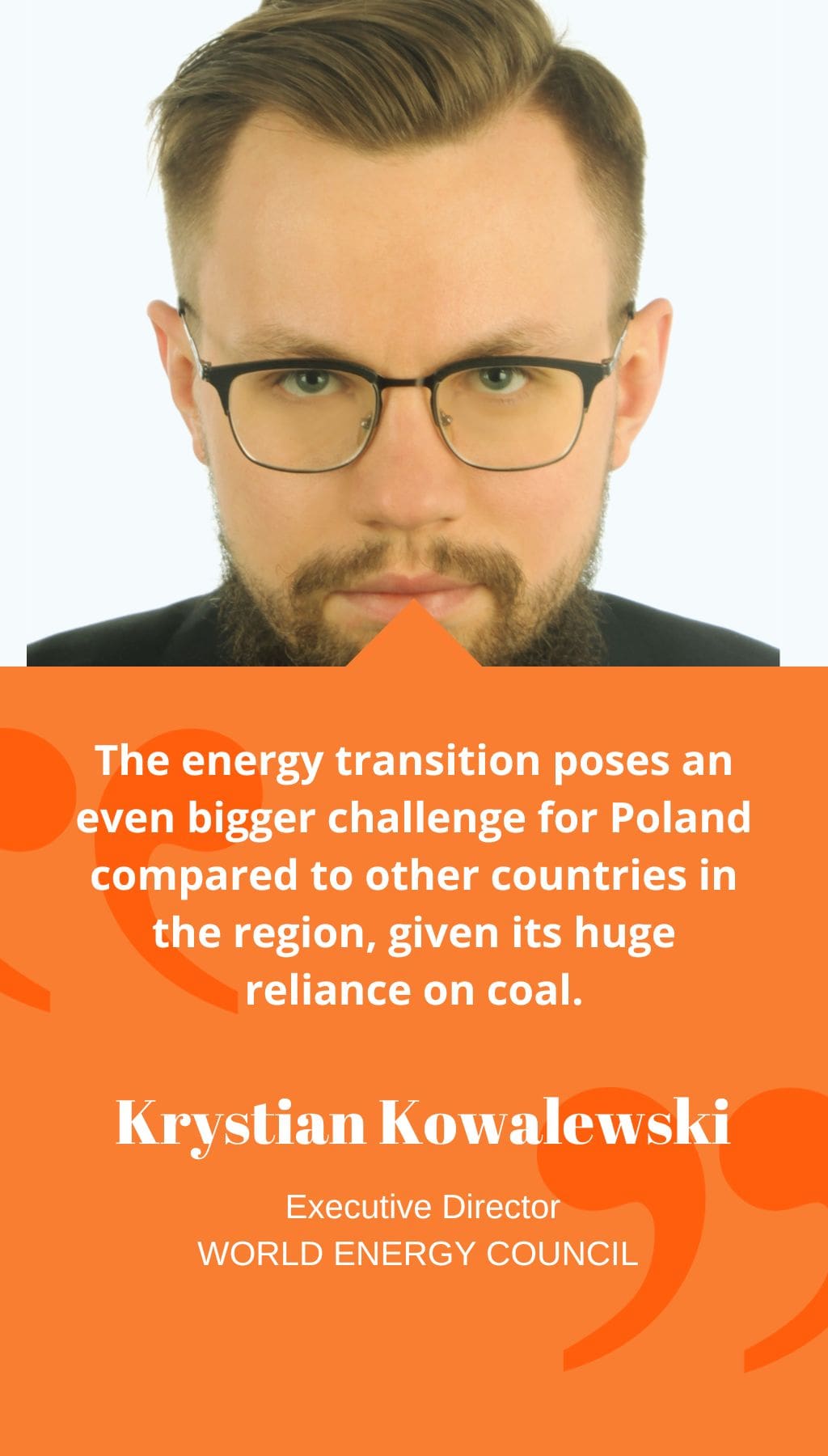
Can you discuss the major trends that you are currently noticing in the global energy industry and how they are reflected in the Polish market?
The biggest challenge faced by energy sectors worldwide at this point is adapting to climate change. In Poland, over 70% of electricity is produced from coal, and the majority of our production capacities were built in the 1960s and 1970s. However, the new rules of the European market make it impossible to support these capacities in our system over the long term. Ostroleka C power plant will be the last coal-fueled power plant in Poland, and to fulfill the growing domestic demand, we will need alternative sources of generation. The energy transition poses an even bigger challenge for Poland compared to other countries in the region, given its huge reliance on coal.
Is there already a vision in place to support this transition?
Yes, the vision was set in the draft Energy Policy of Poland until 2040, which is similar to the program of the Law and Justice party (PiS), and given their recent majority in parliament, it is likely that the policy will maintain the same goals. One strategic direction pursued is the development of nuclear power plants. The final decision is yet to be made, but according to government declarations, we can expect to have six nuclear units by 2036. We already have a nuclear program in place since 2009, but progress has been slow. So far, we have a company responsible for building the power plants and some geological research in the two areas where the new units would be located – one near the Baltic Sea, as nuclear power production requires high amounts of water to cool the reactors, and the other in the central part of the country, near the Belchatow power plant. The government has also started discussions to source the necessary technology from companies in the United States, South Korea, and Japan.
In 2018, renewable energy accounted for only 7% of Poland’s energy mix. What role do you expect renewable energy sources (RES) to play going forward?
No doubt, the share of RES needs to be improved. A significant part of it will likely come from offshore wind, as the government has declared its support for this sector. We have a vast economic zone in the Baltic Sea where wind conditions are excellent. I expect solar panels will also become more relevant, especially during the summer season. One reason for this is the difficulty in ensuring the necessary water to cool off power plants, especially coal-fueled ones, during the summer season, which requires very high volumes. Increasing the share of generation from solar panels during this period will help us to solve this problem.
Looking at the region more broadly, Poland has several interconnection projects planned. Which ones do you expect will have the biggest impact on the local market?
One way is by using the gas terminal in Swinoujscie, which gives us the option to buy gas from the US, as we have a long-term contract with them already, and LNG from other countries in the world. We are considering building a new terminal, most likely in Gdansk, but the real change will be the Baltic Pipe project, which will allow us to transport gas from the North Sea. The pipeline will pass through the Danish economic zone, and our government has already secured all the necessary agreements. The amount of gas that we can transfer via this pipe and through the two terminals, together with our domestic resources, will be enough to reduce our reliance on Russia for gas, and we might continue importing from them, but only on the basis of short-term agreements that allow us to react to price changes.








